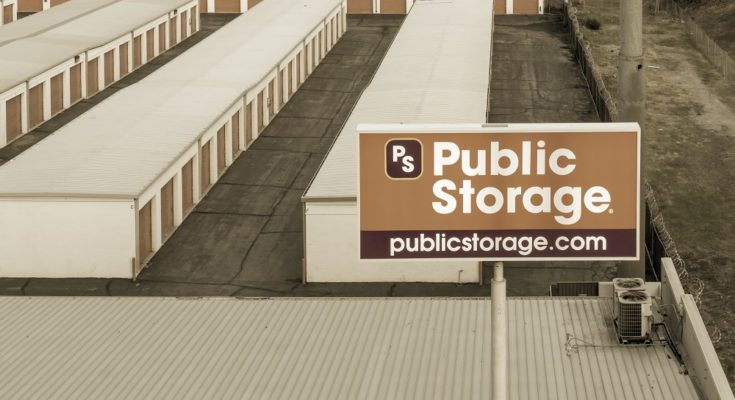
People who throw things out are my heroes.
While you won’t see me on an episode of Hoarders anytime soon, let’s just say it’s a good thing I have a big garage. It’s filled with what I call “mementos†– and what my wife calls “junk†– from my life. But I can’t get myself to toss it. What if I need that intramural hockey jersey from college someday?
Clearly, I’m not alone. That’s why self-storage facilities are booming and seen on seemingly every corner.
Public Storage (NYSE: PSA) is the world’s largest owner of self-storage facilities. It owns 2,386 self-storage facilities in 38 states. It also owns a minority interest in 221 facilities in seven European countries.
The stock pays a $2 per share quarterly dividend, which comes out to an annual yield of 4%. The company has raised its dividend every year since 2010. The last time it cut its dividend was 28 years ago.
Public Storage is set up as a real estate investment trust (REIT), which means it must pay out 90% of its income to shareholders in the form of dividends. As a result, the REIT doesn’t pay tax on its income.
In 2017, Public Storage paid $1.63 billion in dividends (including dividends on its preferred stock), while generating $1.69 billion in funds from operations (FFO), which is a measure of cash flow for REITs.
That doesn’t leave a lot of room for error, but the company did cover it.
Next year, FFO is forecast to climb 8% to $1.84 billion. Dividends, including those on its preferred stock, are expected to be $1.71 billion, giving the company a little more breathing room.
With a regular corporation, I like to see only 75% or less of cash flow paid out in dividends. It gives me comfort that if the company experiences a rough year or two, the dividend will not be cut.
However, with REITs and master limited partnerships, because they must pay out 90% of their earnings, they often pay most – if not all – of their cash flow in dividends. So you need a skilled management team that can grow the business to keep the dividend intact.

